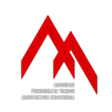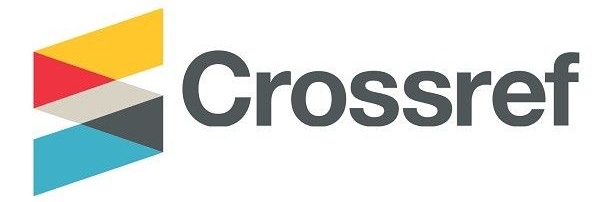Ekspresi Lanskap-Agrikultur dan Pola Permukiman Masyarakat Peladang di Madura Timur
DOI:
https://doi.org/10.21776/ub.ruas.2016.014.02.2Abstract
Corn is the cultural identity of the Madurese, they being called as maize eaters and included an agrarian society with a kind of shifting agriculture landscape called “ekologi tegalâ€. Cornfield was once the most important hierarchy in tanèyan lanjhèng. The pattern of rural settlement in Madura is a combination of several clusters tanèyan lanjhèng formed by main moor space hierarchy, then occupancy. Indigenous land use occupancy states should not diminish arable land. But the shift in consumption from maize to rice and Islamic land inheritance system that is uksorilokal and matrilocal changing land use as residential space hierarchy utama.Tujuan this paper is to seek the embodiment and the relationship between the agricultural landscape (dost) with occupancy (tanèyan lanjhèng) so as to form a pattern of settlement , to do with a shift in consumption and a system of inheritance. Discussion method uses anthropologicalarchitectural approach. So characteristic of farming communities in eastern Madura is a problem: the hierarchy of space, the position of women, kinship, social system, as well as the limits of hierarchy, related to settlement patterns. The physical manifestation of settlements tend to the meaning and philosophy of Islam.
Keywords: tegal ecology, settlement patterns, tanèyan lanjhèng, meaning and philosophy of Islam
Downloads
Published
How to Cite
Issue
Section
License
Authors who publish with this journal agree to the following terms:
- Authors retain copyright and grant the journal right of first publication with the work simultaneously licensed under a Creative Commons Attribution License that allows others to share the work with an acknowledgement of the work's authorship and initial publication in this journal.
- Authors are able to enter into separate, additional contractual arrangements for the non-exclusive distribution of the journal's published version of the work (e.g., post it to an institutional repository or publish it in a book), with an acknowledgement of its initial publication in this journal.
- Authors are permitted and encouraged to post their work online (e.g., in institutional repositories or on their website) prior to and during the submission process, as it can lead to productive exchanges, as well as earlier and greater citation of published work (See The Effect of Open Access).











